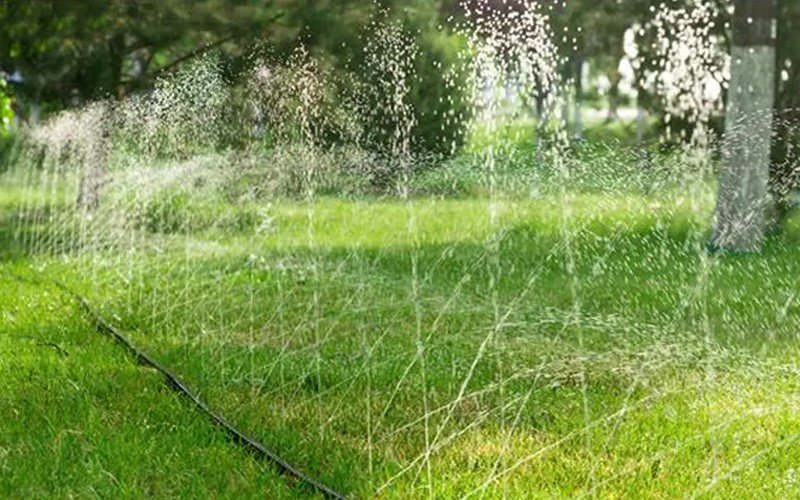
When irrigating farmland on rainy days, there are several factors to consider in order to optimize water usage and minimize wastage. Here are some important points to pay attention to:
1. Weather forecast: Check the weather forecast to determine the intensity and duration of rainfall expected. If heavy rainfall is anticipated, it may be unnecessary to irrigate the farmland as the rainwater will provide sufficient moisture.
2. Soil moisture levels: Assess the soil moisture content before deciding to irrigate. Utilize soil moisture sensors or conduct manual soil tests to determine if the soil is already adequately saturated. Over-irrigation can lead to waterlogging, nutrient leaching, and potential crop damage.
3. Irrigation system management: Adjust the irrigation system settings based on the rainfall forecast. Consider reducing or temporarily suspending irrigation to avoid over-watering. This can be achieved by manually adjusting timers or using automated systems that integrate weather data.

4. Irrigation scheduling: If rainfall is expected to be sporadic or insufficient, plan irrigation schedules accordingly. Take advantage of breaks in rainfall to irrigate areas that receive less rainfall or have poor drainage. Focus on areas that are not adequately covered by rain and where crops require additional moisture.
5. Water conservation practices: Implement water conservation practices to reduce water wastage during irrigation. This includes using efficient irrigation systems such as drip irrigation or precision sprinklers that minimize runoff and evaporation. Employing mulching techniques can also help retain soil moisture and reduce water loss.
6. Monitoring and adjustment: Continuously monitor the soil moisture levels, plant health, and weather conditions. Regularly inspect the fields for signs of over- or under-irrigation, such as water pooling or wilting plants. Adjust irrigation practices accordingly to ensure optimal water usage and crop health.
7. Crop-specific considerations: Different crops have varying water requirements. Consider the specific needs of the crops being grown and adjust irrigation accordingly. Some crops may be more tolerant of excess moisture, while others may be prone to water-related diseases or root damage.
By considering these factors and adapting irrigation practices to the prevailing weather conditions, farmers can optimize water usage, conserve resources, and promote healthy crop growth, even during rainy periods.